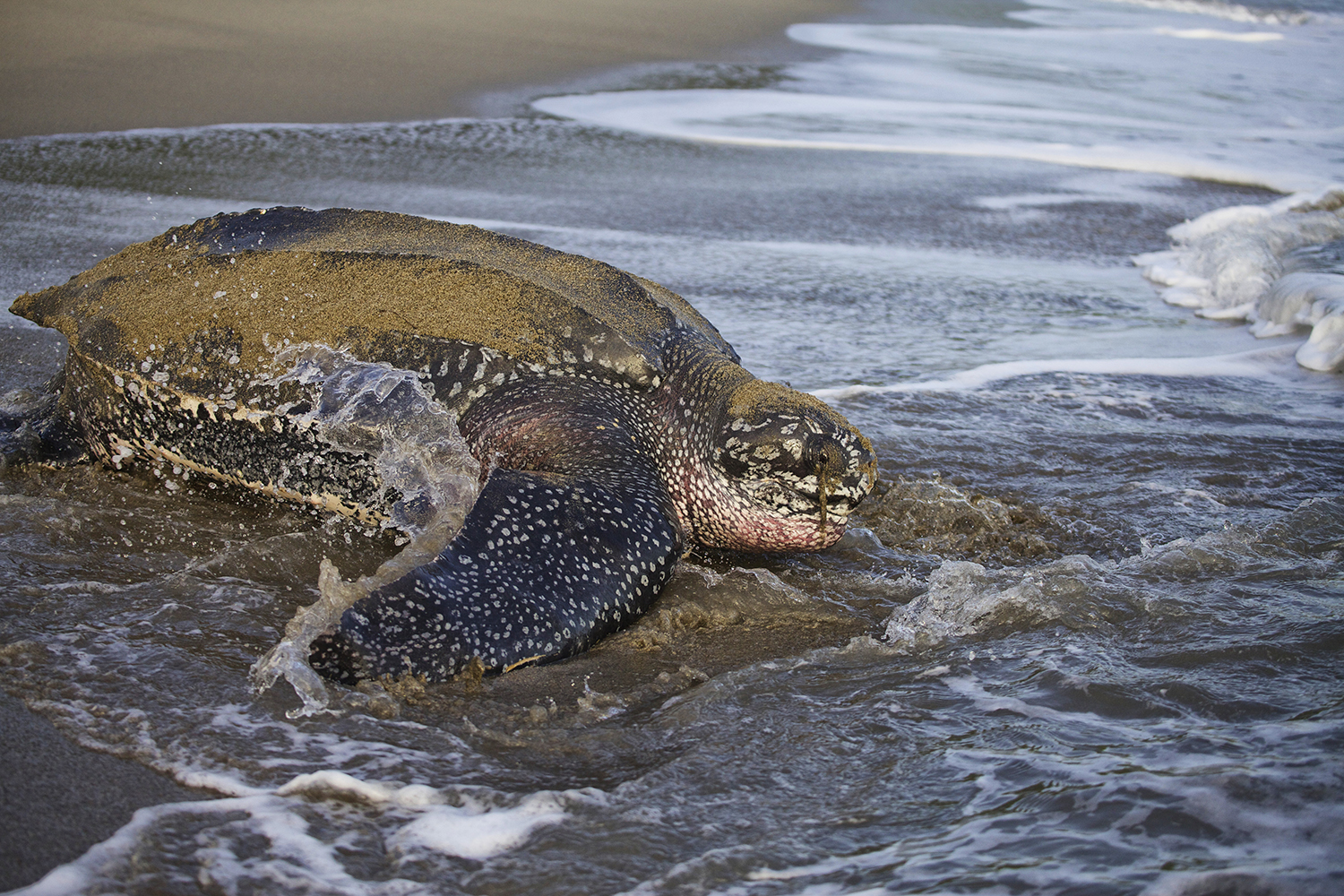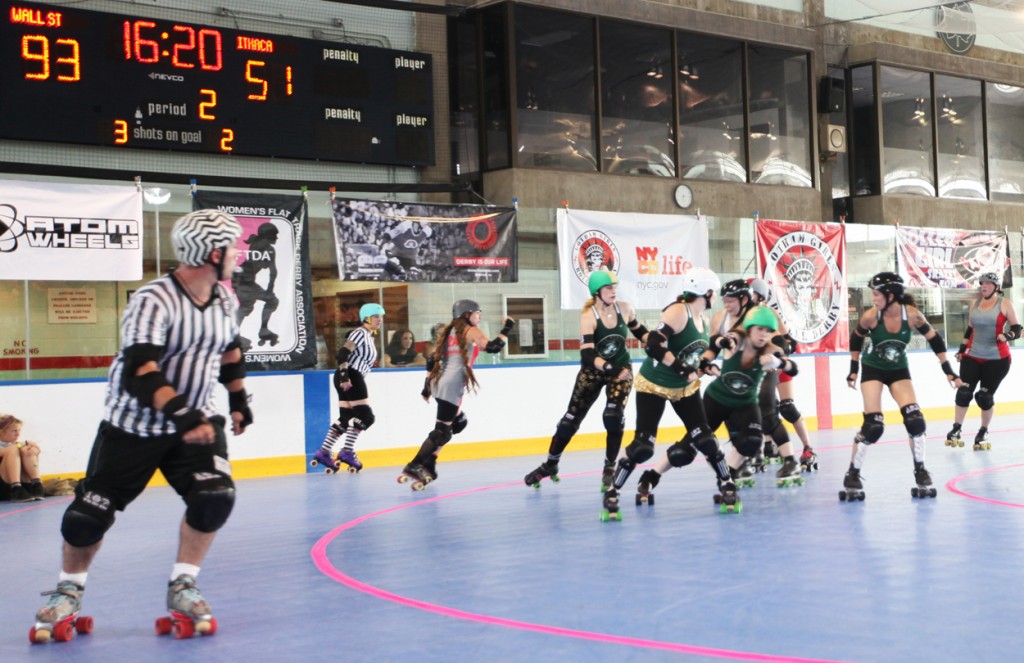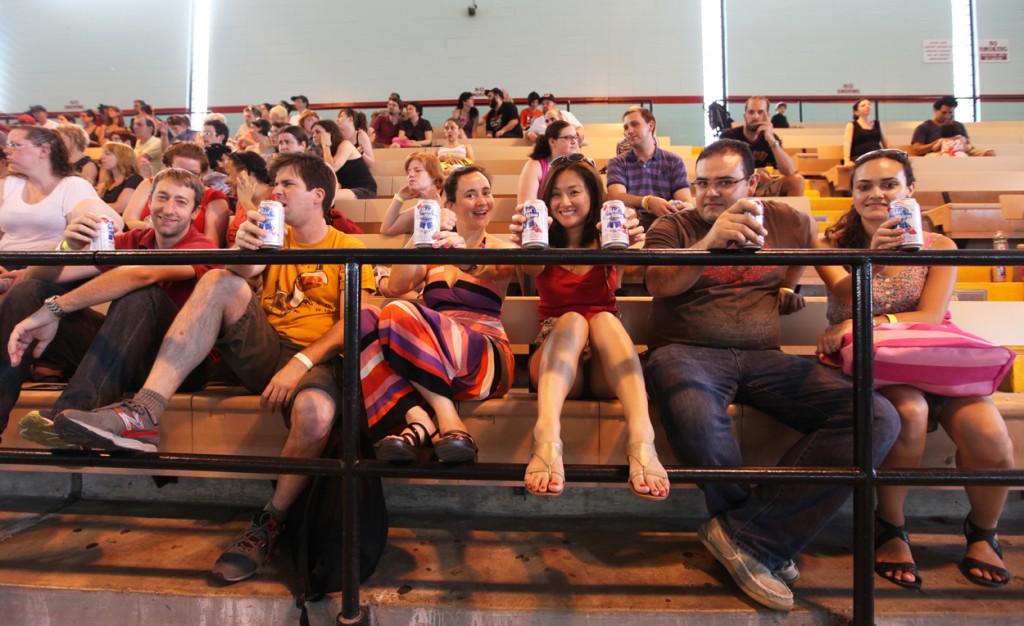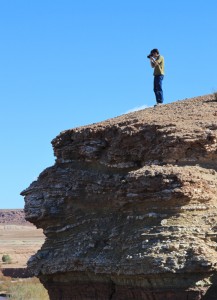ABOUT
Tray Tables Up is a window into the world that we all share. It’s a written and photographic journal of people we meet and experiences we amass from our travels. Most of our waking moments are spent planning our next adventure. We live for these experiences and for the transformation that travel and food, Read More
Having never been to the great state of Maine, we ventured on a quick five day road trip up the east coast to the 65th Annual Maine Lobster Festival in early August. Maine is absolutely stunning. Small coastal towns festooned with picturesque bays and harbors, great micro-breweries, amazing food scene that rivals any foodie location we’ve visited and oh… did I mention… a glut of lobsters this season?
We only had time to check out Camden, Rockland and Portland. Without a doubt, we’ll return to visit the northern reaches of this scenic state.
Here are a few photos from our trip!
This weekend, Joyce and I, along with several friends, visited the famous Coney Island in New York. Navigating around hot dog toting (Nathan’s… yum!) sun worshippers and beer guzzling shirtless men on the boardwalk is nothing short of a contact sport!
Our destination, though, was to witness a different sort of contact sport – a woman’s roller derby match at the Abe Stark Arena. Hyped up by our friend Bill as a frolicking great time, we purchased tickets for the Wall Street Traitors vs. Ithaca Sufferjets and The Gotham All Stars vs. Pittsburgh Steel Hurtin’ double header match.
Being roller derby virgins, we knew very little about the sport. After watching a few rounds, the concept seemed simple enough. Two teams of five people roller skate around a track in the same direction while referees on an inner track monitor the progress and call the plays.
The teams each designate an offensive scorer, known as a “jammer.” The jammer is typically the fastest and most maneuverable skater on the team. The remaining four team members are called “blockers.”
The objective of the jammer is to first make her way around the track until she has lapped the pack. The first jammer to complete this lap unscathed becomes the lead jammer. She goes on to scores points by passing members of the opposing team. The blockers on the opposing team attempt to hinder the jammer’s progress by bumping her out of bounds or slowing her advancement through other blocking strategies.
Even if you don’t understand the finite details of the roller derby playbook, the sport is nothing short of a blast to watch (especially when drinking beer1) There’s a ton of gritty physical contact and the commitment to play was absolutely evident on the faces of all players.
Once a fringe sport, roller derby has generated a committed following world-wide and is even being considered as a new event in the 2020 Olympics.
If you’re interested in checking out a match, simply Google “roller derby schedule” to find an event near you.
Ducking in and out of the ruins of Angkor Wat, I find myself weaving through throngs of tourists to find a spot to snap that perfect photo. It’s a scenario that I have negotiated countless times.
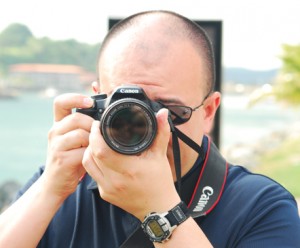 While the essence of my travels and the desire to get the perfect shot has always remained the same, a noticeable change in photo gear has taken place in just the past few years. Wrist straps dangling discrete point-and-shoot cameras have given way to neck straps holding bulky DSLR cameras, displaying Canon or Nikon logos, as the common sight when traveling.
While the essence of my travels and the desire to get the perfect shot has always remained the same, a noticeable change in photo gear has taken place in just the past few years. Wrist straps dangling discrete point-and-shoot cameras have given way to neck straps holding bulky DSLR cameras, displaying Canon or Nikon logos, as the common sight when traveling.
I’ve made the migration to DSLR from point-and-shoot myself and haven’t looked back. But, what makes a larger DSLR camera and the gift of neck and back strain (I say this from personal experience) preferable to the convenient pack-of-gum sized point-and-shoots? The simple answer – they take better photos. The more complex answer requires looking at the following several camera factors in which even most basic DSLRs outperform point-and-shoots:
Sensor Size
A camera’s sensor size affects the quality of your snapshots. Point-and-shoots are equipped with small sensors. Smaller sensors are unable to capture as much light and produce images with less optical quality than the larger sensors found in DSLR cameras.
Greater Shutter Speed Range
Shutter speed, the amount of time the camera’s shutter remains open to expose light to the sensor, is your primary means for controlling the exposure time of your photos.
DSLR cameras have a greater shutter speed range than point-and-shoot cameras. This provides more control over effects such as freezing time (fast shutter for a quick exposure) or capturing a longer time-frame (slow shutter for a long exposure.)
Better ISO Range
Dave Johnson, a renowned wildlife photographer and author of PC World’s weekly newsletter, Digital Focus, refers to photography as “painting with light.” This underscores the importance of light on the images you produce with your camera.
Your camera’s ISO settings adjust the sensitivity of your camera’s sensor to light. In general, if there’s a lot of light, you’ll want to dial the ISO setting down. If there is less light, you dial the ISO setting up. The trade off with higher ISO settings is that while you’re squeezing out more light onto the sensor, you’re increasing the graininess, or noise, of the photo.
DSLRs have a better ISO sensitivity range than point-and-shoot cameras. This permits better control of these noise levels in your photo and maximizes your use of natural light, which in most situations is better than relying on flash.
Harder Working Megapixels
Point-and-shoot camera manufacturers are pitted against each other in an all-out megapixel war. Unfortunately, the general public misconstrues the megapixel rating as the primary benchmark of camera quality. This is no surprise! Strolling the point-and-shoot aisles at the electronics store, you’ll notice the megapixel rating as the most prominent specification on the box. What you may not know is that not all megapixels are created equal.
Let’s take a DSLR and a point-and-shoot camera and assume that both have 10 megapixel capability. Imagine the sensors in each camera as tables with 10 megapixels worth of cups sitting on the table. The DSLR has a larger table and as a result, larger cups which capture more light for better image quality.
The equivalent pixel on a DSLR is of much higher quality than on a point-and shoot. On top of that, point-and-shoot cameras, with tons of megapixels crammed onto small sensors, often create a lot of image noise. You’ve probably seen it before – smartphone and point-and-shoot photos that have a grainy texture, despite having a high megapixel rating.

Canon Rebel T1i DSLR (Left) vs. Canon SD1400 Point-and-Shoot (Right.) Shot at 100 ISO, F/2.8, 1/125. Note the pronounced noise with the point-and-shoot.
Interchangeable Lenses, Hot Shoe and Accessories
While there are new point-and-shoots on the market that allow you to change lenses, the vast majority of models have built-in lenses that are not removable. With a DSLR, the usefulness of the camera for different types of shooting scenarios is greatly expanded due to the large numbers of lenses available, especially for Canon and Nikon cameras.
DSLR cameras, like film SLR cameras, also have a mounting adapter at the top of the body called a hot shoe. The hot shoe allows you to connect a number of devices to the camera, like an external flash.
The Verdict
There is no question that DSLR cameras produce superior images over point-and-shoot cameras. There’s also no question that DSLR cameras are more cumbersome to tote along when traveling. For me personally, the load isn’t getting any lighter! The further I wade into the waters of serious photography, the more camera gear I accumulate. My gear collection now includes 3 lenses (a wide angle, a medium telephoto and 50mm portrait lens), a Canon 5D Mark II full frame camera, a small Canon external flash and a tripod. Admittedly, travel has become more challenging since I prefer to avoid checking in bags at all costs!
Despite all of the inconveniences, ownership of a DSLR has improved the quality of our travel photos. The photographs of our trips are among the most important tributes to our experiences. Our DSLR has helped us capture the essence and clarity of the sights we see with greater accuracy. This alone, makes the inconveniences, including the occasional sore neck and shoulder pain, all the worthwhile.
Recommended Starting Point
If you’ve decided to take the DSLR plunge, I would recommend going with an entry level option from either of the big two DSLR producers – Canon or Nikon. There are other camera manufacturers that produce quality products, but none can match the support, available accessories and lens selection of Canon and Nikon. I’ve always shot with a Canon, so my bias is toward the Canon product line.
I began my DSLR experience several years ago with Canon’s then-entry level EOS Rebel T1i. It’s a great DSLR setup that is accommodating for beginners and has enough juice to support photographers who have graduated into the realm of manually controlling exposure, aperture, ISO and all of the other settings that affect the creative output of their images. In addition, the Rebel is fairly light and weighs in at only 1.14lbs.
Entry Level Canon Recommendation:
- Canon EOS Rebel T3i 18 MP
Great entry level camera with room to grow. - Canon EF-S 15-85mm f/3.5-5.6 IS USM Wide Angle Zoom
If you’re looking for an upgrade to the kit lens that comes with the Rebel T3i, this is a great all around choice for travel.



